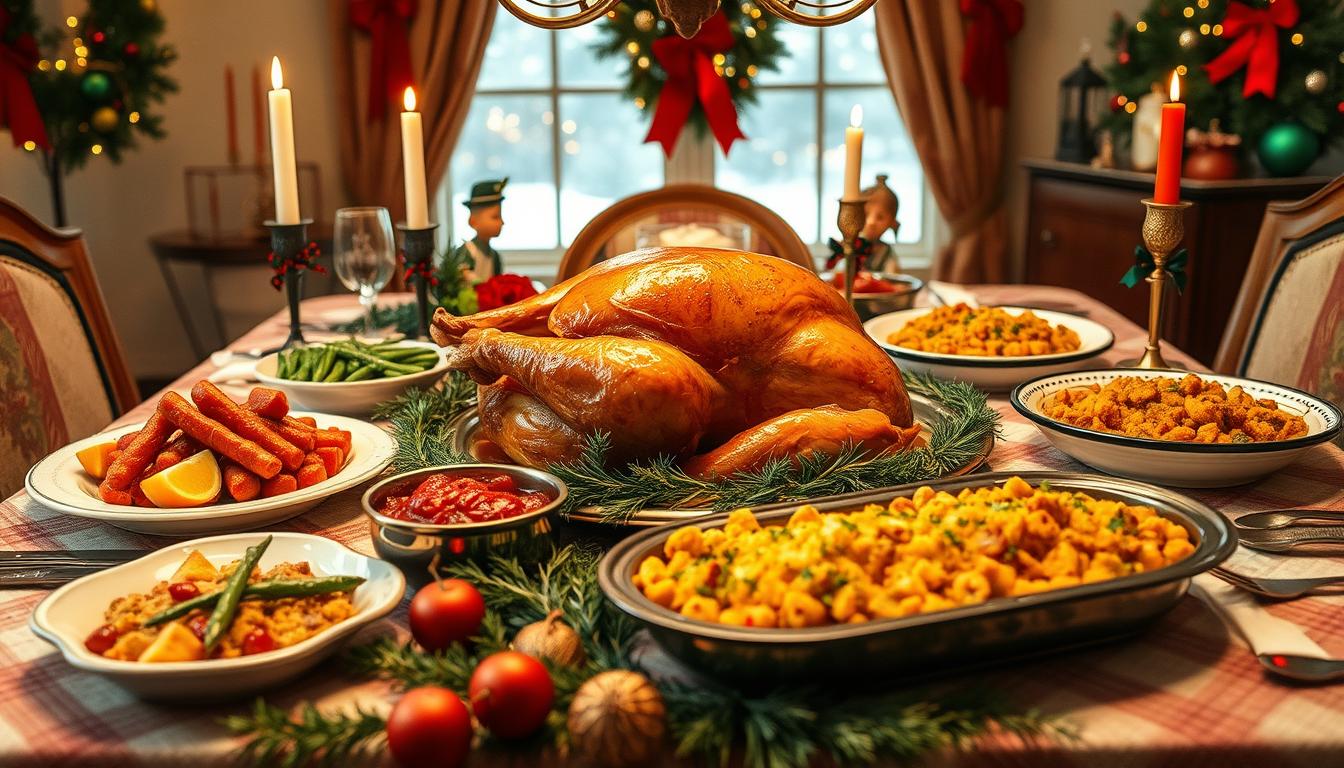Create the perfect holiday feast with our traditional Christmas dinner menu featuring roasted turkey, savory sides, and festive desserts. Get recipes and planning tips for a memorable celebration
Christmas Dinner Menu: Classic Holiday Feast Ideas
read more


